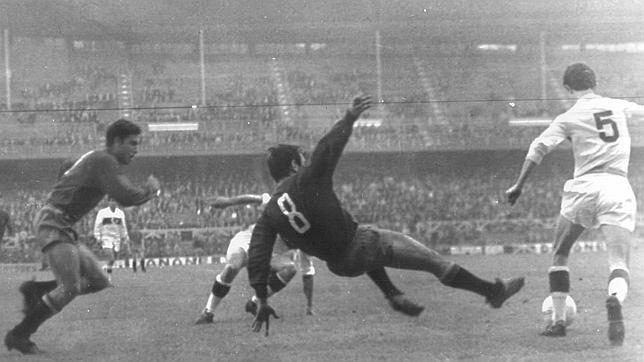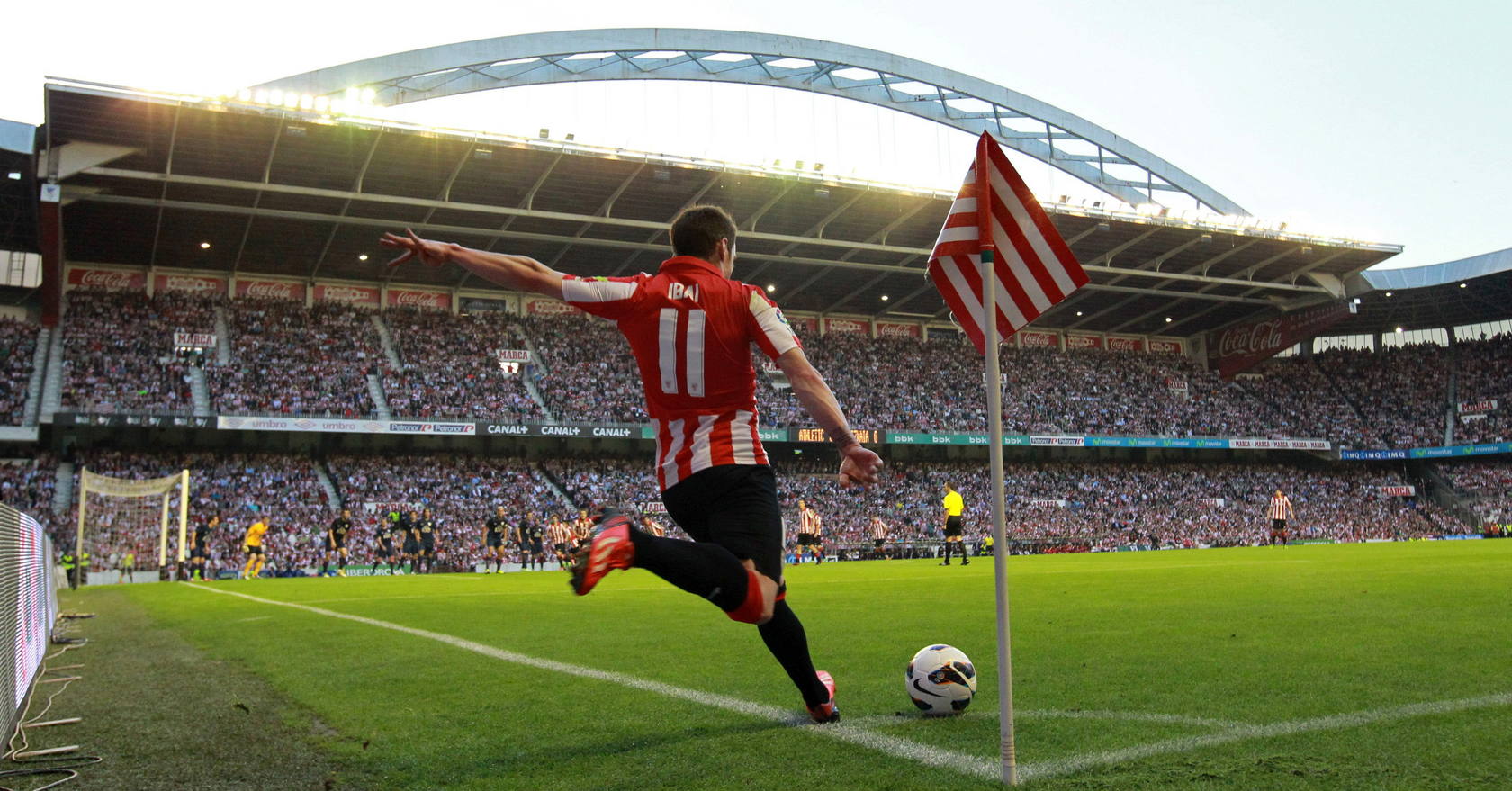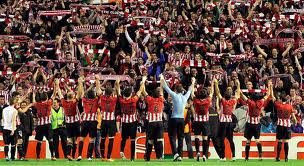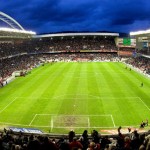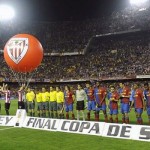San Mames is always the cathedral of Spanish football

Last update 16 September, 2013 por Alberto Llopis
San Mames closed its doors last June 5th of 2013. The whimsical story made the last official goal I score first victory Juanlu in Levante, winner of the last game played in the top flight the old Cathedral and the last official goal Roger Martí, Lift striker B, in the clash that pitted the subsidiaries of both teams in the promotion to Second, A couple of weeks after the clash of the first teams. The last goal in the Cathedral, though unofficial, was Alain Arroyo, Athletic partner and Mirandes player who scored the goal of Basque selection, rival in the friendly San Mames closed. The last player who scored Athletic at San Mames was Fernando Llorente.
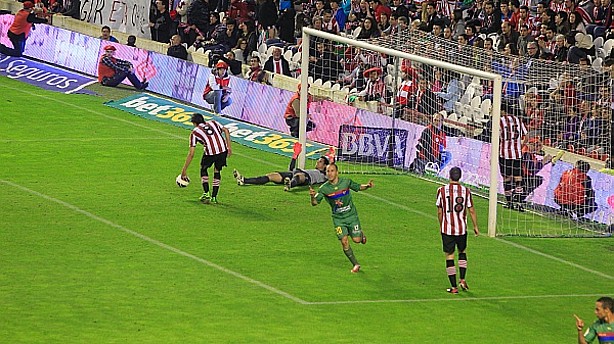
In Colgados for football we could not overlook one of the most traditional fields, tradition and aroma of football history, and not only European but world football in general. We speak as San Mames, “Cathedral”. And is that if a site could live football in its purest form, It was at this mythical stadium where many players were dedicated and gave glory afternoons.
San Mamés, with a cost of 89.000 pesetas de la época, was launched a 21 of August of 1913 on land that belonged to the nearby asylum that bears the same name. San Mames turn, he was a saint who died thrown to the lions, hence the team owner stadium, el Athletic de Bilbao, bearing the nickname of the “Lions”.
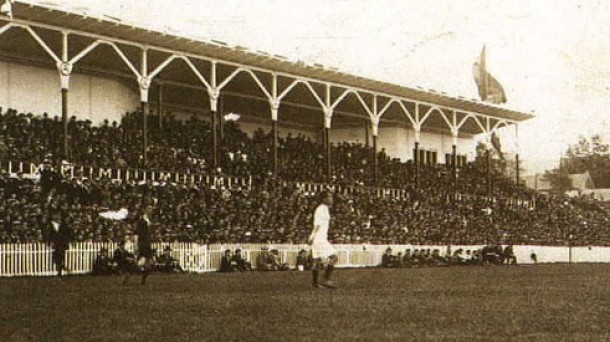
With marked and defined philosophy, el Athletic Club, It is the only team, Aside from Barcelona and Real Madrid, he has played all editions League First Division. That is to say, He has never set foot in the Second Division in its already more than century-old history and by extension, San Mamés, It is the only stadium that has lived all editions of the First Division.
In its beginnings, San Mamés, He had a capacity of 3500 personas, but it was extended gradually to near the 50.000 spectators. En 1997, the fences were removed, they decreased 10.000 standing room and seating remained in the 40.000.
The first party hosted San Mames, It was a match between “Lions” and Real Union Irun. The first goal was scored on the grass of the mythical stadium was the work of the historical Pichichi, which then gave its name to the tournament's top scorer. Pichichi was a legend of Athletic who died of typhus. It created a bust in his honor, where for many years there is a tradition that the team first visited the Old Cathedral, She paid him a tribute to Pichichi, putting a bunch of flowers with her bust, accompanied by the captain of Athletic in that game.
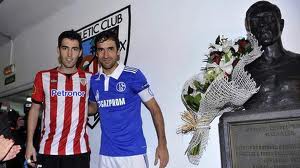
San Mames public, always understood and fond of good taste, He has not hesitated to applaud the good players who have passed along their almost 100 years of history, they were the home team or visitor. Its old grandstands and impressive bow, They have seen happen to the best players on the planet at all different times of national football.
As we said, San Mames closed its doors in June its history and was automatically demolished, giving way to a legend, He is saying goodbye to one of the most traditional stadiums and more beautiful than had the Spanish football. Things progress and modernism.
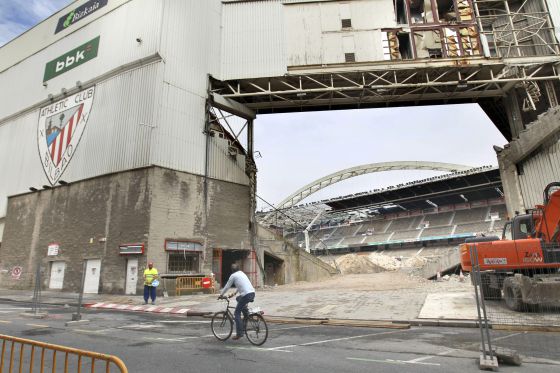
Como se suele decir, King dead, king as, Right next to the old San Mames is erected the new. Modern, functional, with the latest advances up the new San Mames. He 16 de septiembre de 2013 He will go down in history as one 21 August ago 100 años. Within a century, will discuss this day, the player who made the first goal in the new San Mames, and we see that.

The best images of San Mamés:
